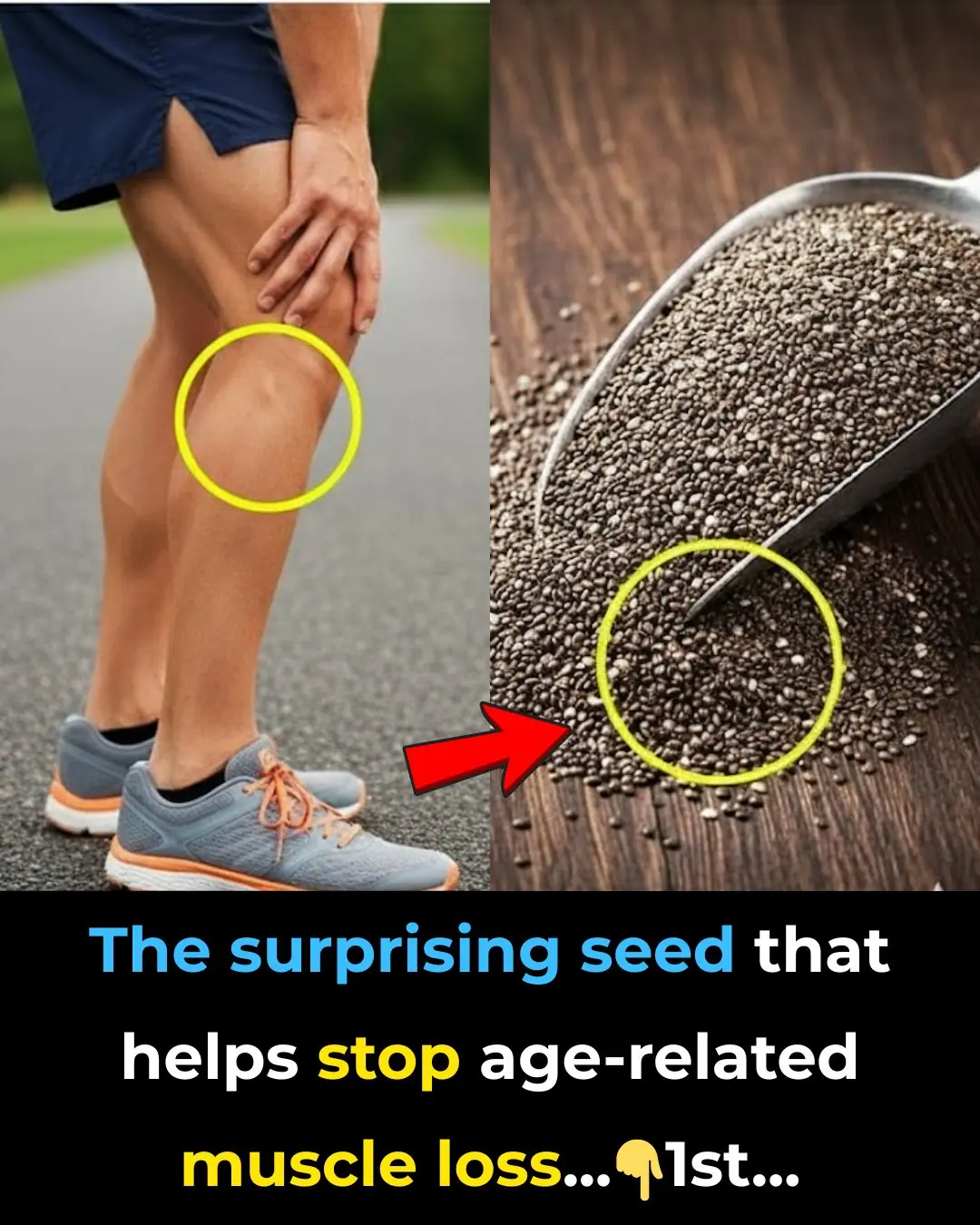
Tips to keep garlic from turning green after soaking in vinegar. It can be kept for a whole month and still be white, crispy, and not soggy.

Pickled Garlic Won’t Turn Green If You Know These Simple Tricks
Why does pickled garlic turn green?
It’s quite common for garlic soaked in vinegar to turn a bluish-green color. Although it’s still perfectly safe to eat, many people find the color unappetizing. Most of us prefer our pickled garlic to stay beautifully white and clear.
Garlic naturally contains an amino acid called alliin. Vinegar, on the other hand, is made primarily of acetic acid (CH₃COOH). When garlic is soaked in vinegar, the amino acids in the garlic react with the acid and form new compounds. These compounds contain carbon- and nitrogen-based pyrrole rings.
In an acidic environment, the pyrroles link together to form colored molecules. When three pyrroles combine, they produce a green pigment; when four pyrroles link, they turn blue. This chemical reaction explains why garlic sometimes develops that unexpected color after pickling.
In most cases, garlic turns green when it is too young or improperly processed before pickling. Mature garlic cloves rarely change color, so choosing the right type of garlic is the key to success.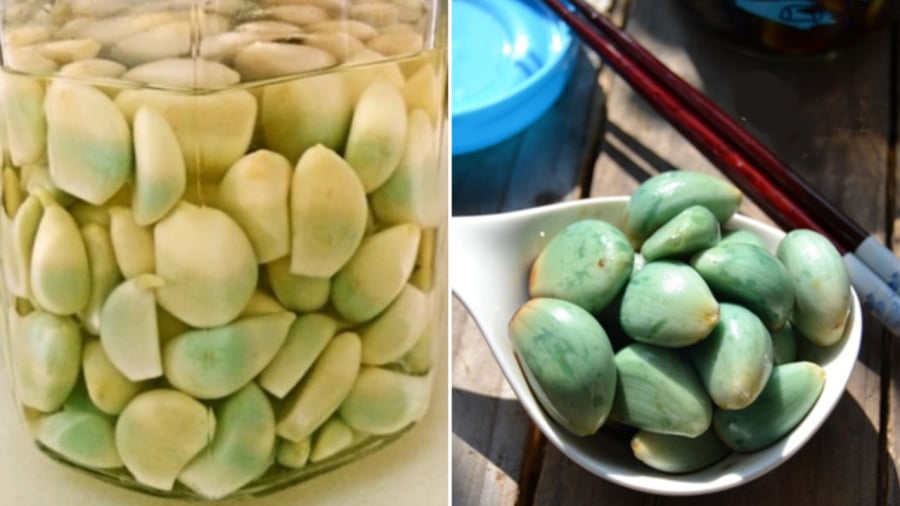
How to Choose the Best Garlic for Pickling
To make perfect pickled garlic, choose fully matured bulbs. The outer skins should be dry, firm, and smooth, not wrinkled or damp. Each clove should feel solid and plump—avoid any that are soft or sprouting.
Once you’ve selected your garlic, peel off the papery skin and rinse thoroughly. You can either pickle the cloves whole or sliced depending on your preference:
-
Whole cloves preserve longer but take more time to absorb flavor.
-
Sliced garlic ferments faster and tastes sharper, but loses a bit of its essential oil and aroma.
Before soaking, place the peeled garlic in a bowl of cool boiled water with a pinch of salt. Let it sit for about an hour—this step helps to remove harshness and reduces the chance of discoloration. Drain the garlic completely before adding it to your pickling mixture.
For extra flavor and visual appeal, you can also add chili peppers. Simply remove the stems, wash them well, and pat dry. Small chilies such as bird’s eye or Thai chili can be pickled whole, while larger ones should be sliced into smaller pieces.
Tips for Making Perfect Garlic and Chili Vinegar
The vinegar you use plays a big role in the final color and taste. Choose naturally fermented rice vinegar with a mild acidity and gentle aroma. Avoid synthetic or overly strong vinegars, as they can alter the garlic’s color and taste.
In a small pot, mix the vinegar with a bit of filtered water and a small spoon of sugar—the sugar helps to balance the sourness and create a smoother flavor. Bring the mixture to a boil, then let it cool completely before using.
Use a glass jar for pickling. Plastic or metal containers can react with the acid and affect flavor. Sterilize the jar by rinsing it with hot water and drying it thoroughly before filling.
Place the garlic and chilies into the jar, pour in the cooled vinegar mixture until everything is submerged, then seal the lid tightly. Store the jar in a cool, dry place away from direct sunlight. After 2–3 days, the garlic will be ready to enjoy—crisp, tangy, and beautifully white.
Important Notes When Using Pickled Garlic
Each time you take garlic from the jar, always use clean chopsticks or a spoon to avoid contamination. Never allow water, food scraps, or oil to fall into the jar, as these can cause spoilage.
If you remove more garlic than you plan to eat, do not put it back into the jar—once exposed to air, it may introduce bacteria that ruin the entire batch.
With the right type of mature garlic, quality vinegar, and a bit of patience, you’ll have perfectly white, fragrant pickled garlic that stays delicious and safe to eat for months.
News in the same category

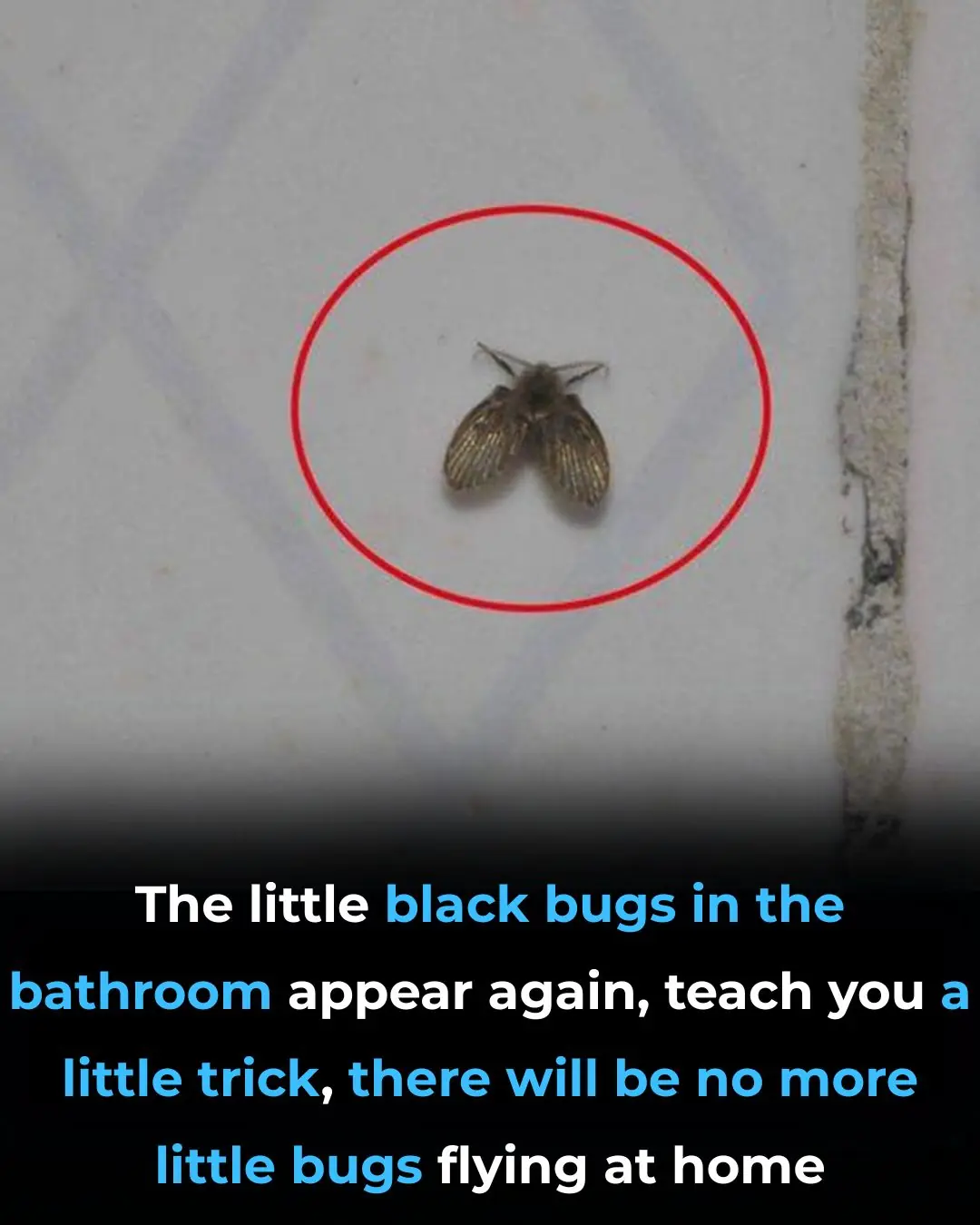
🕷️ Little Black Bugs in the Bathroom? Here’s What They Are & How to Get Rid of Them for Good

What an Unusual Odor in the Intimate Area Reveals: Signs You Shouldn’t Ignore
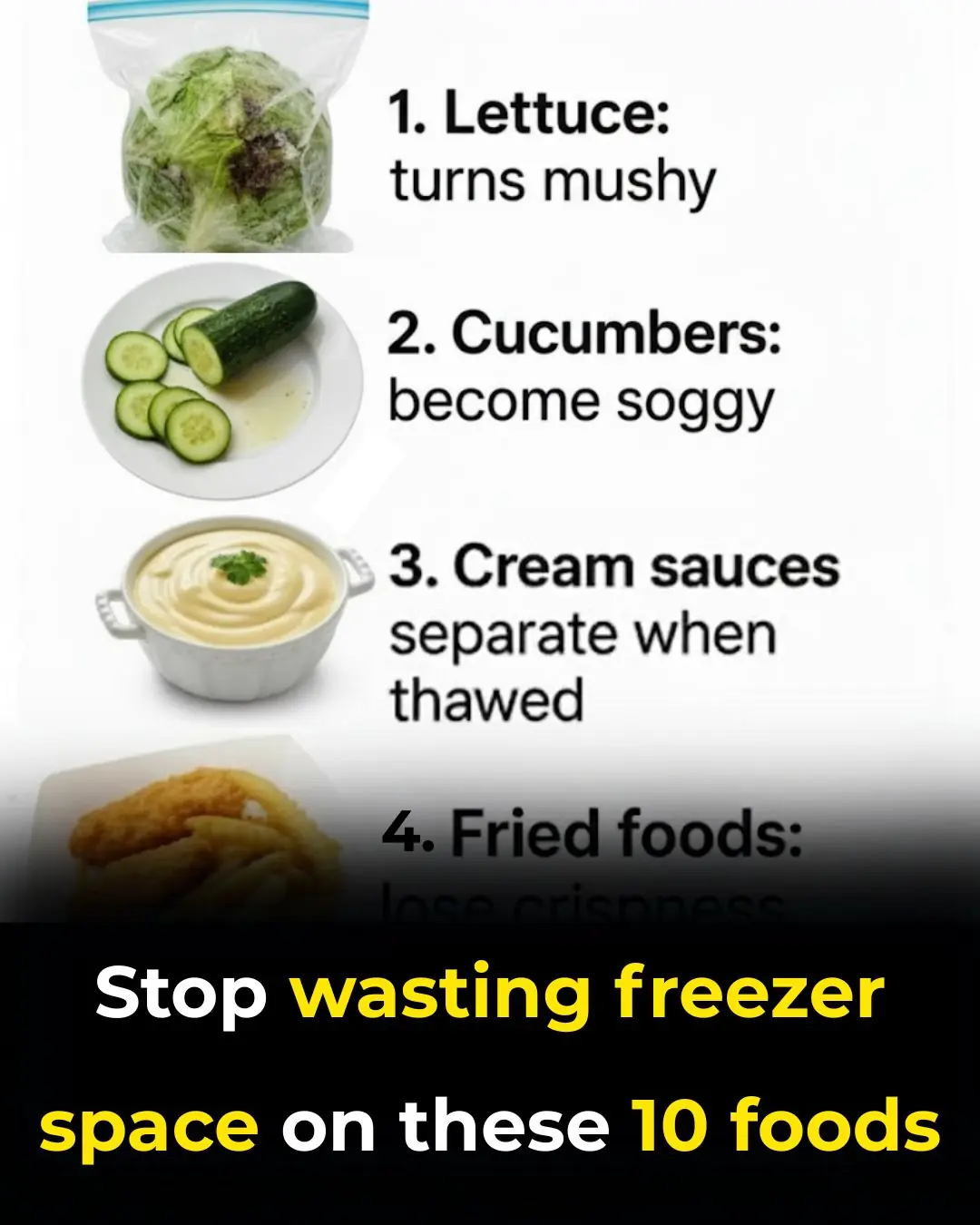
Stop wasting freezer space on these 10 foods

You are doing it all wrong. Here's the right way to use your dryer
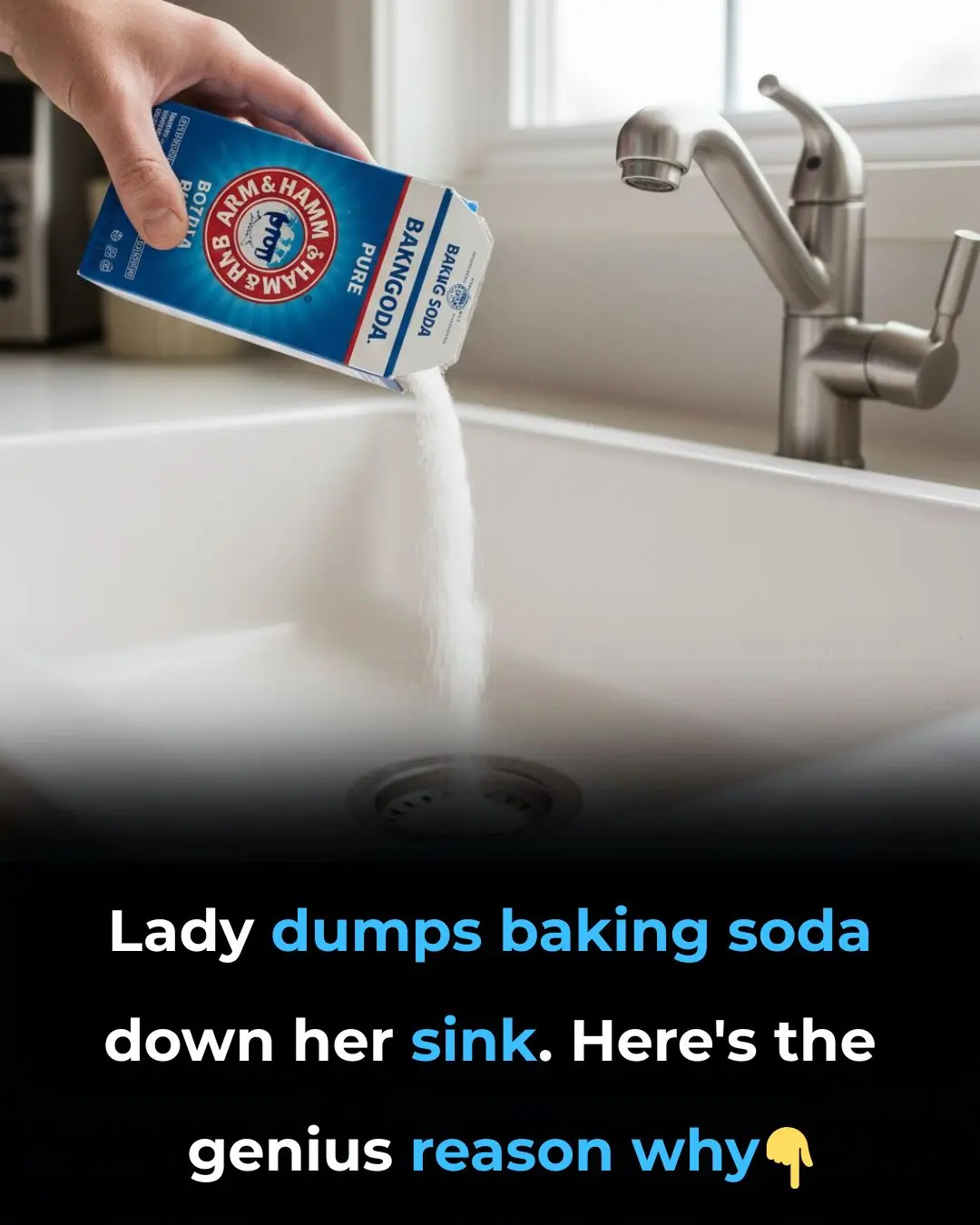
Lady dumps baking soda down her sink. Here’s the genius reason why

I had no clue about this!
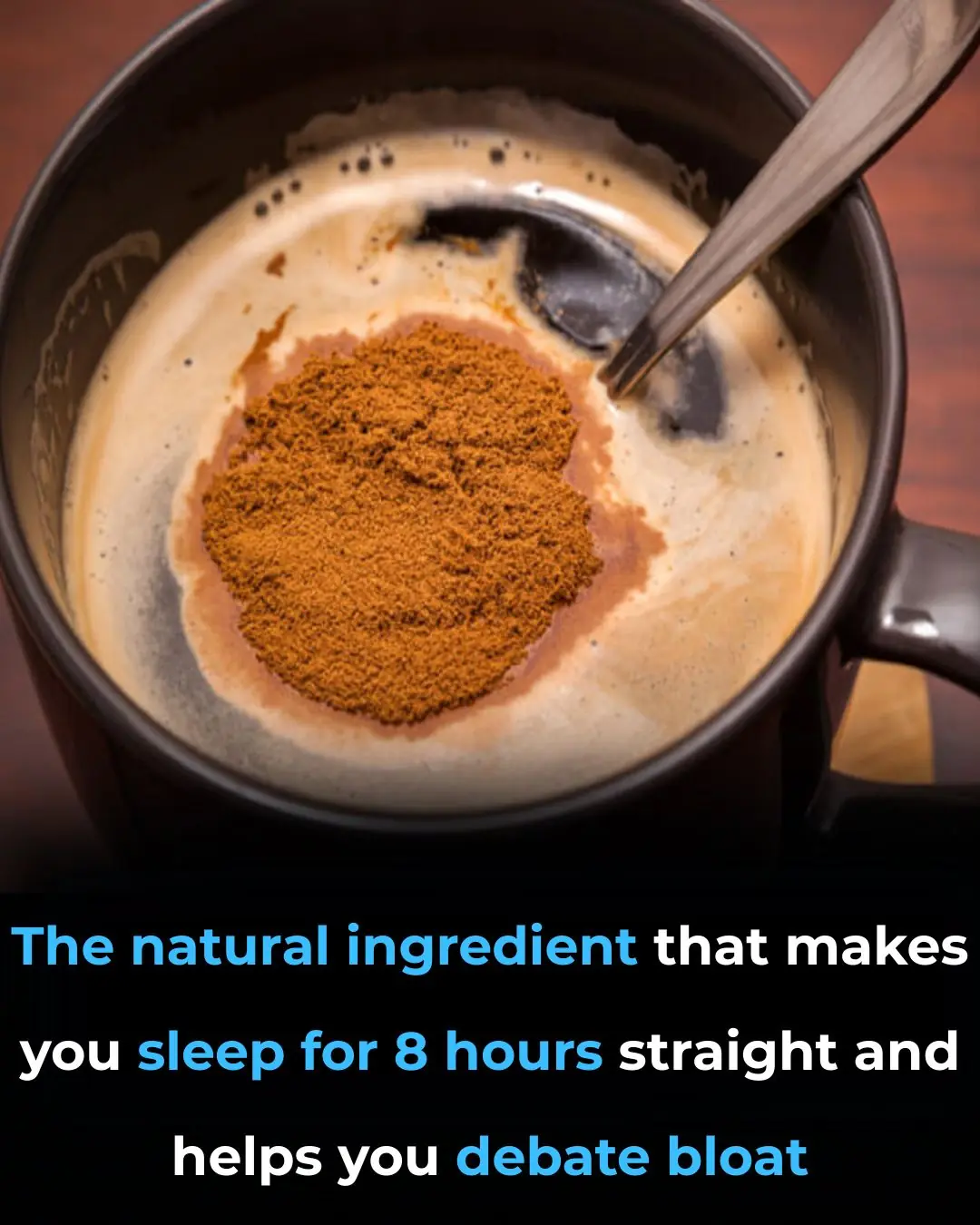
1 natural ingredient that helps you a lot

8 reasons why adding baking soda to your toilet tank is a must-do trick

My nana taught me this hack to dust ceiling fans in 3 mins with 0 work. Here’s how it works

My nana taught me this hack to lift carpet stains in 2 mins with 0 work. Here’s how it works

3 ways to prevent snakes from entering the house, everyone needs to know to protect their family
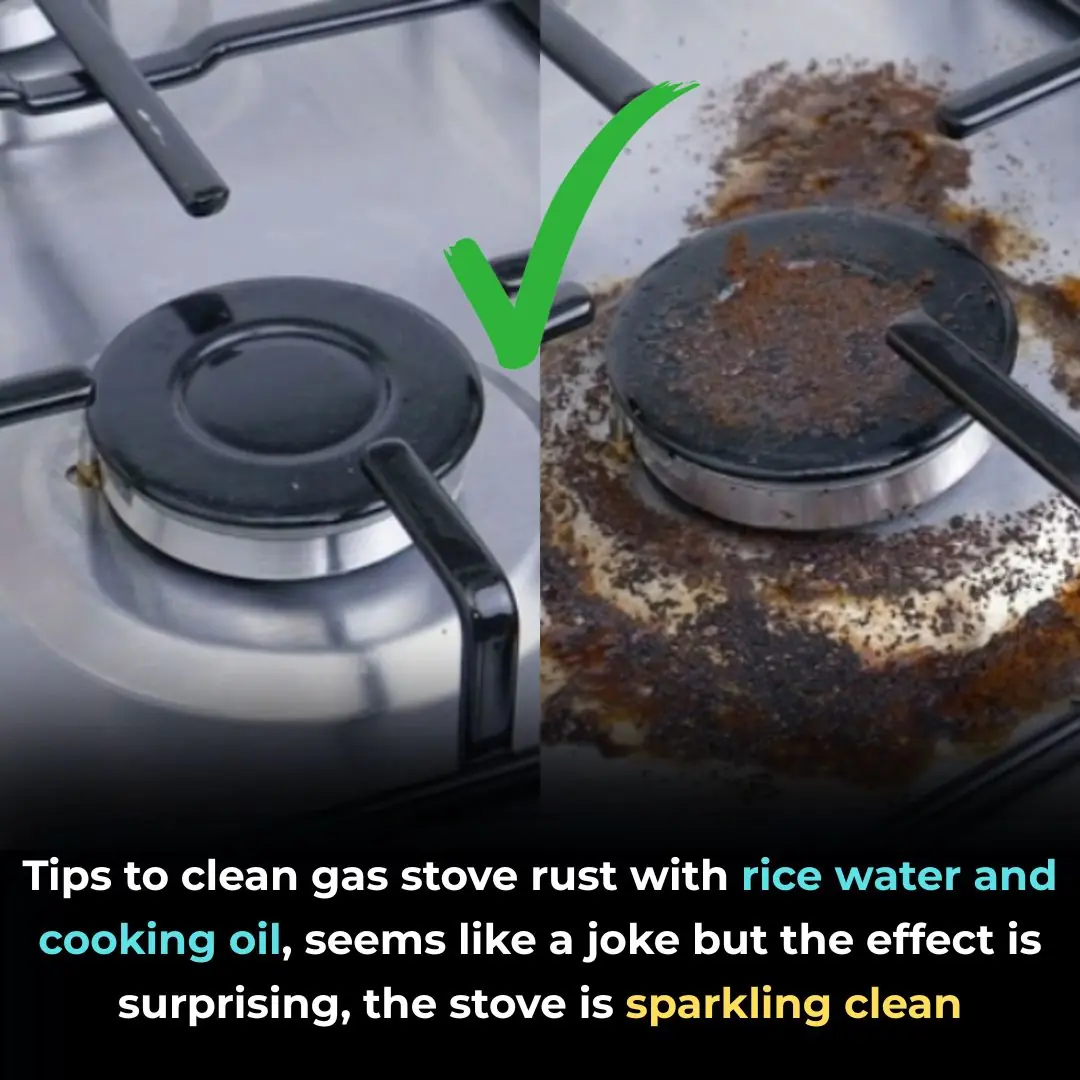
Tips to clean gas stove rust with rice water and cooking oil, seems like a joke but the effect is surprising, the stove is sparkling clean
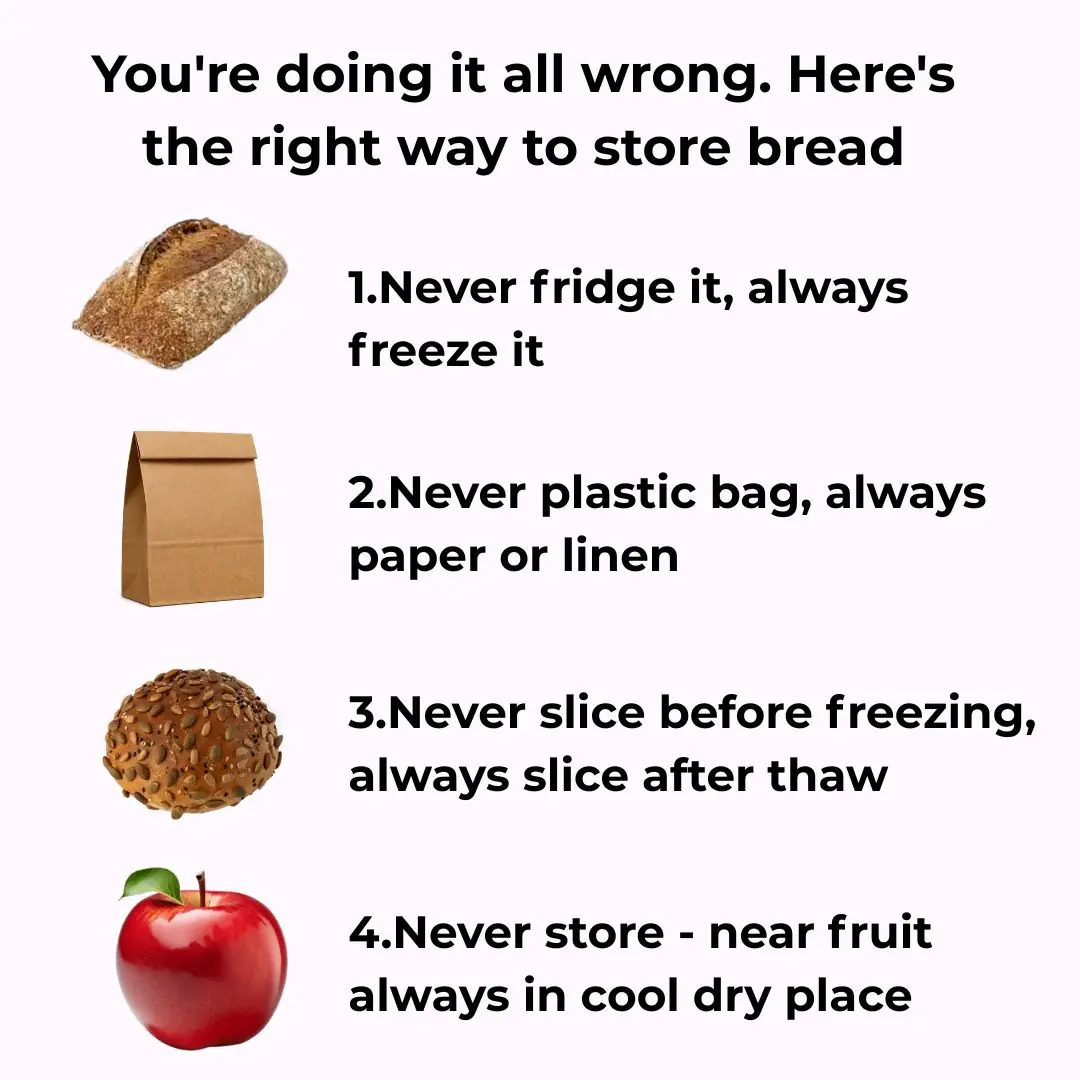
You’re doing it all wrong. Here’s the right way to store bread
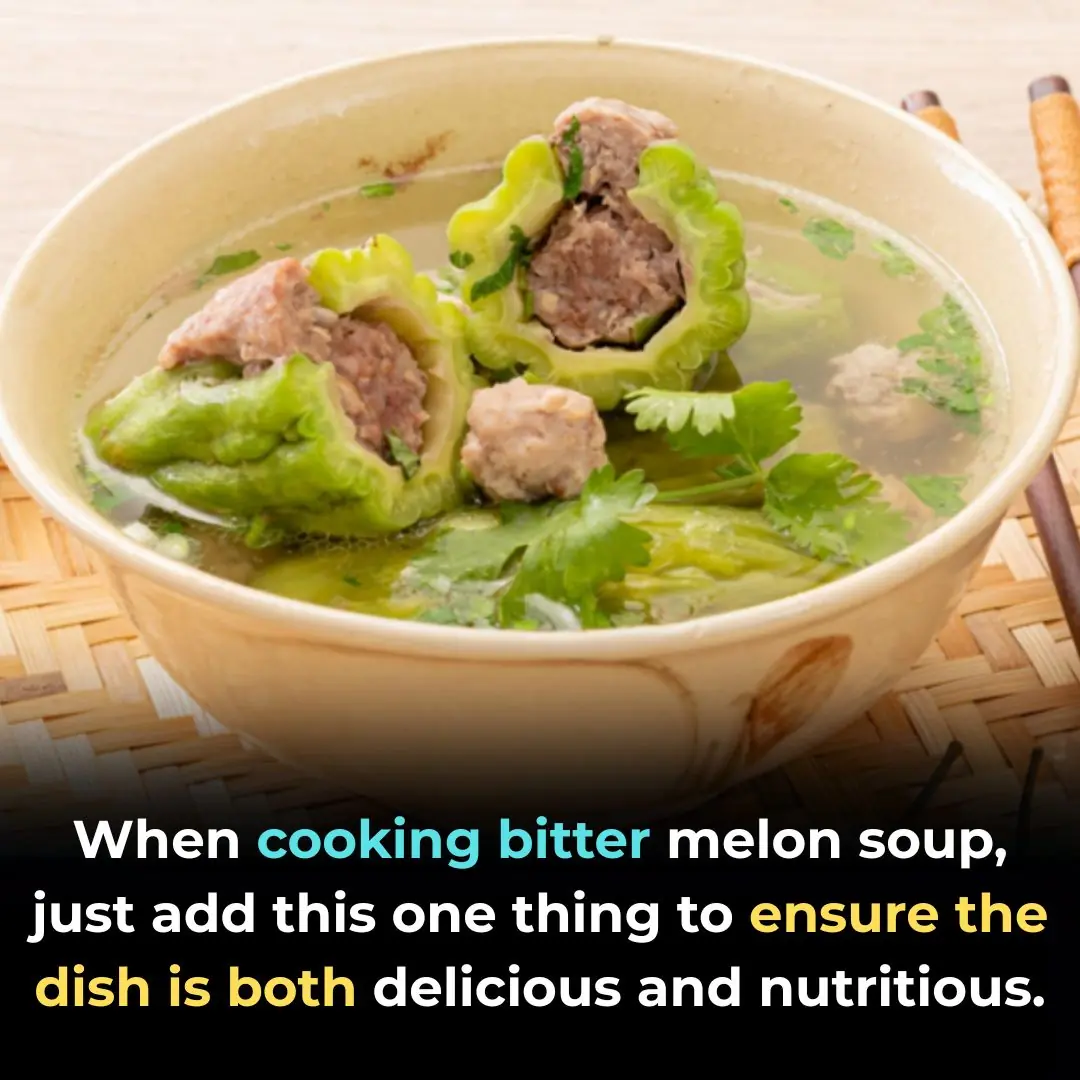
Make Your Bitter Melon Soup Sweet and Nutritious — Just Add This One Ingredient
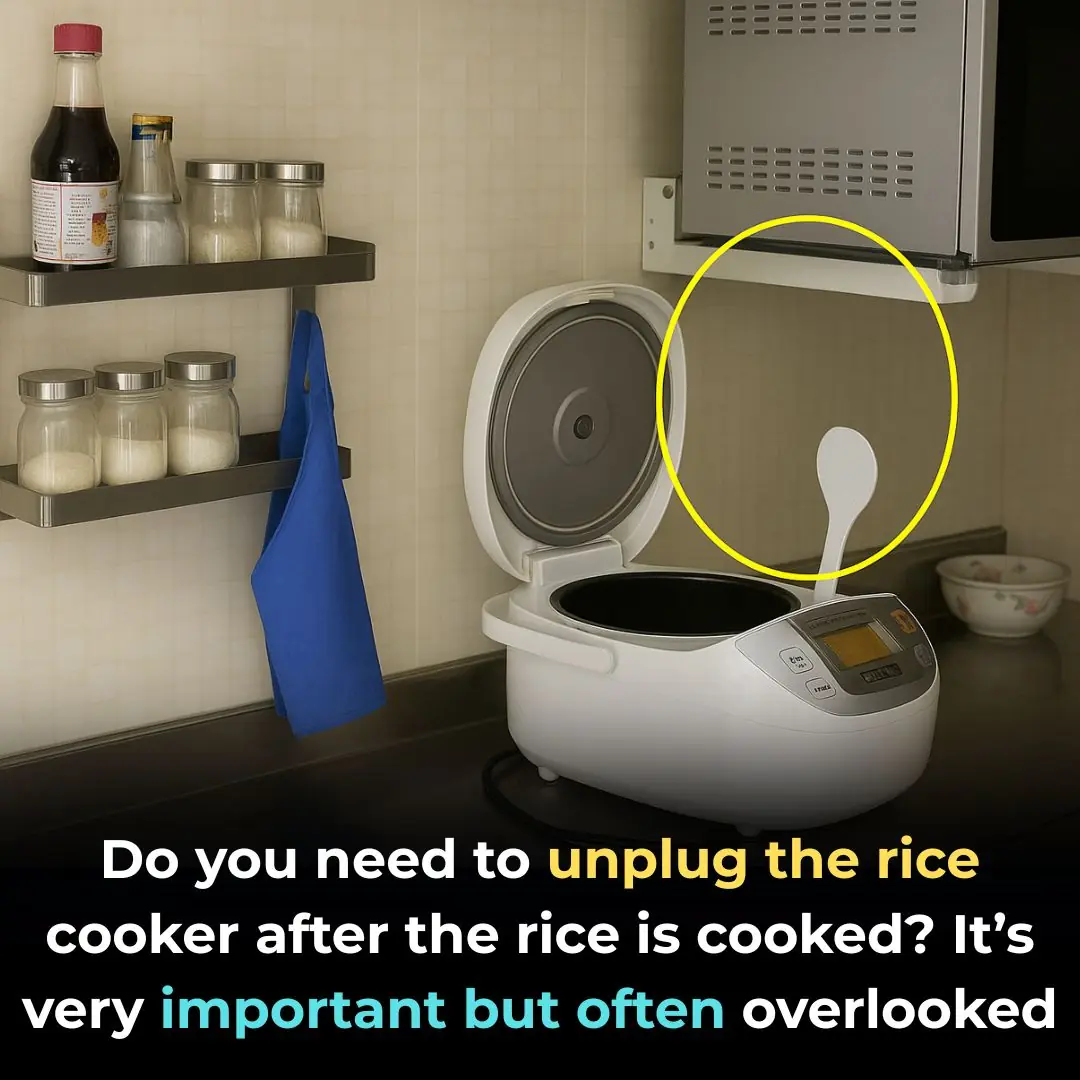
Should You Unplug Your Rice Cooker After the Rice Is Cooked?
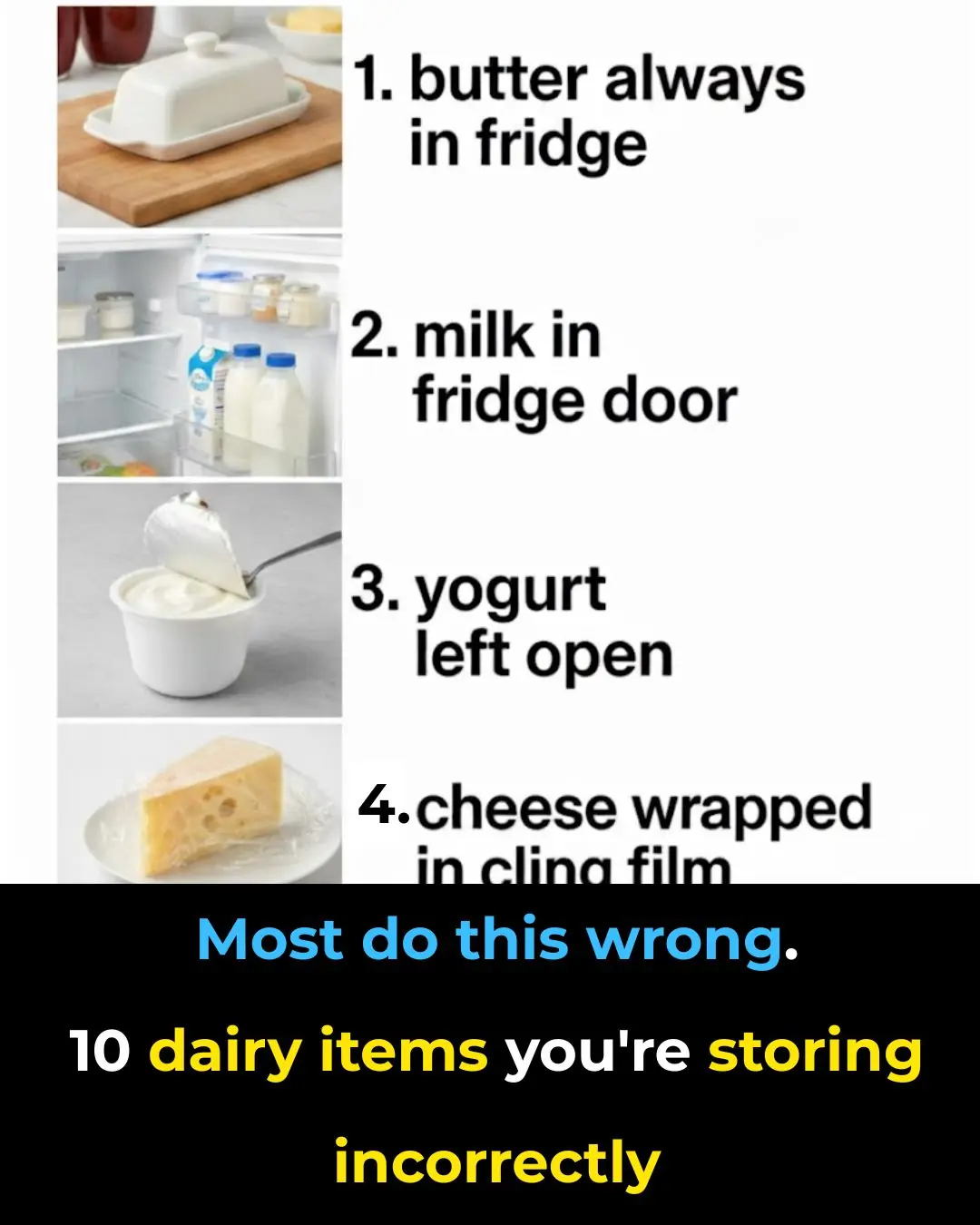
Most do this wrong. 10 dairy items you’re storing incorrectly
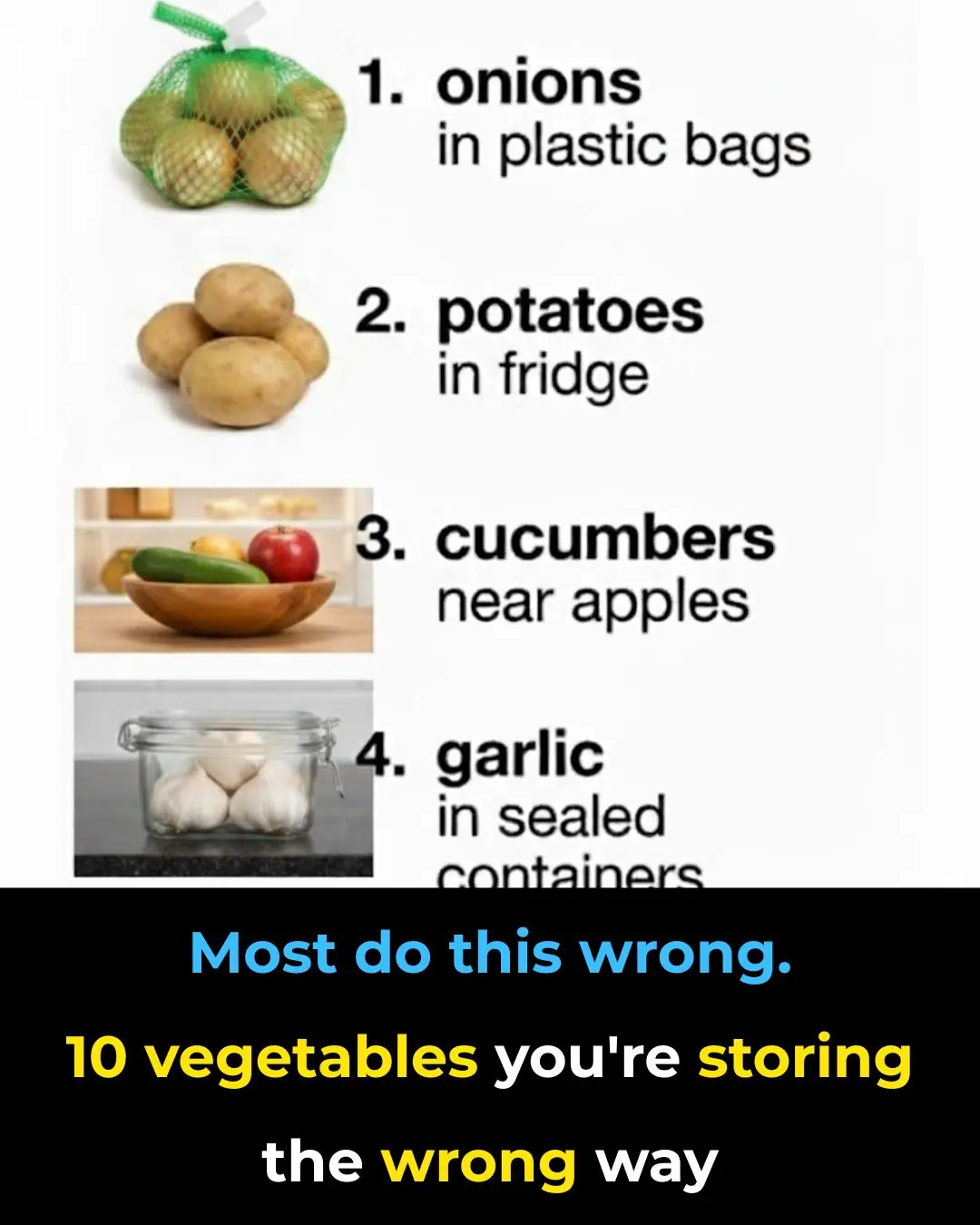
Most do this wrong. 10 vegetables you’re storing the wrong way

Most do this wrong. 10 bedding items you’re storing wrong
News Post

Sharp Pain in Ear: Causes, Treatments and When to See a Doctor

Each Tooth Is Associated With An Organ In The Body – Pain In Each Tooth Can Predict Problems In Certain Organs
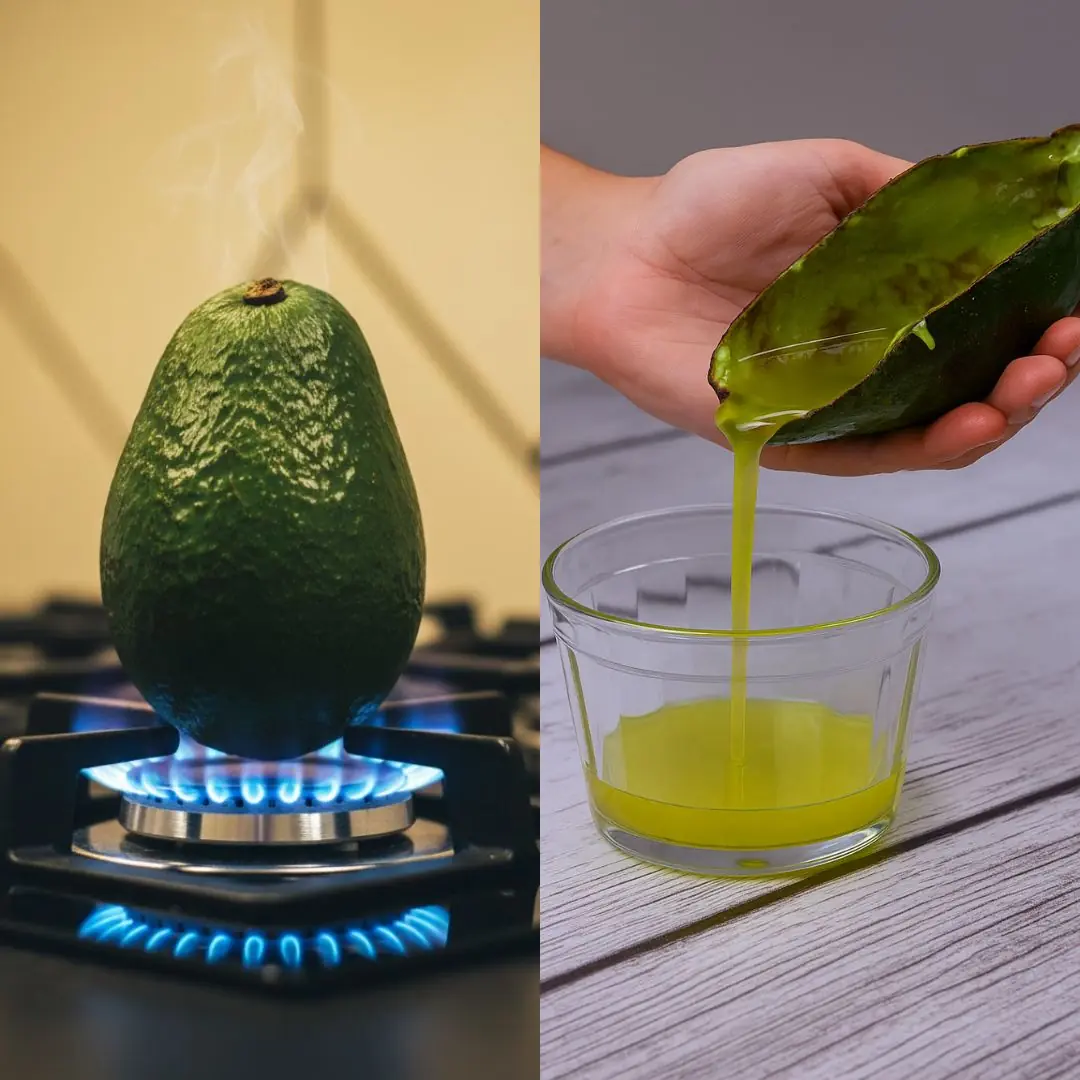
Here’s the secret why everyone puts avocados on the fire!

Amazing vitamin can help stop cancer growth and this is how much you need
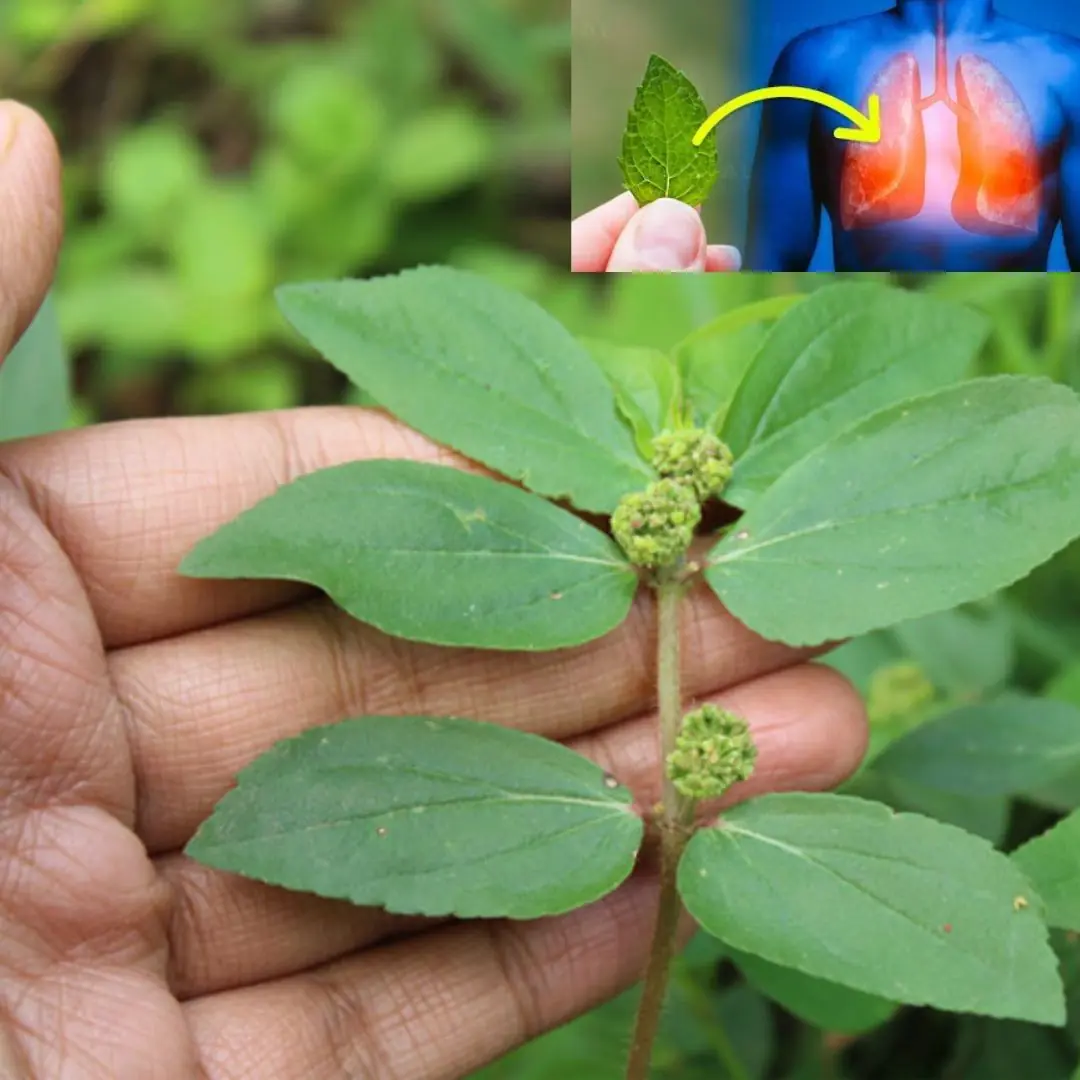
Euphorbia Hirta: 30 Benefits and How to Use It Safely

THE BEST HOME REMEDIES THAT END CONSTIPATION FAST AND NATURALLY

Lady places cup of vinegar into microwave. Here’s the genius reason why
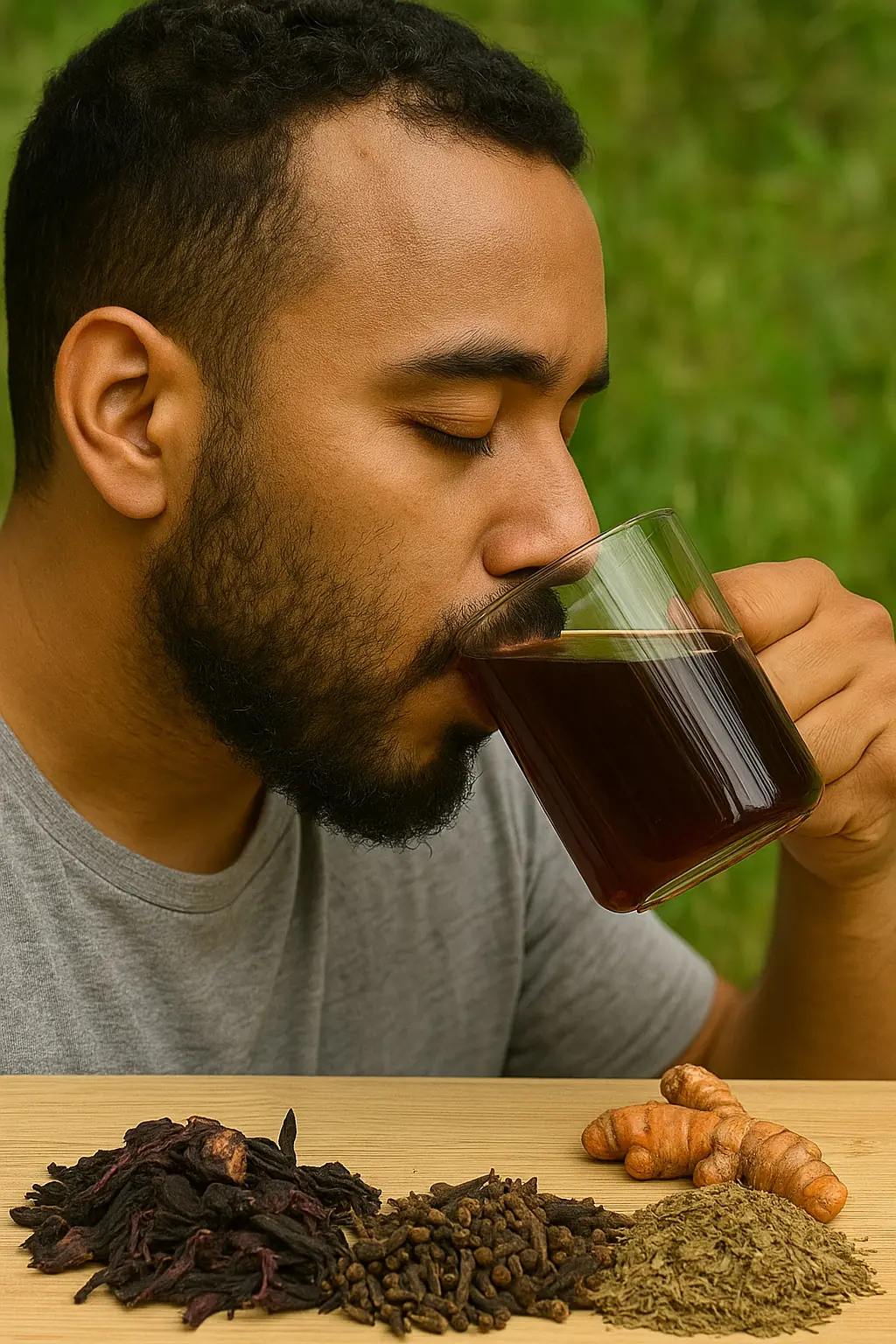
Say Goodbye to Diabetes, Fatty Liver, and Joint Pain with This Powerful Remedy!

My nana taught me this hack to remove hard water stains in 2 mins with 0 work. Here’s how it works

🕷️ Little Black Bugs in the Bathroom? Here’s What They Are & How to Get Rid of Them for Good

Choose a Nail to Discover What Kind of Woman You Are

Never Do These 15 Things for a Man (Even If You’re Madly in Love With Him)
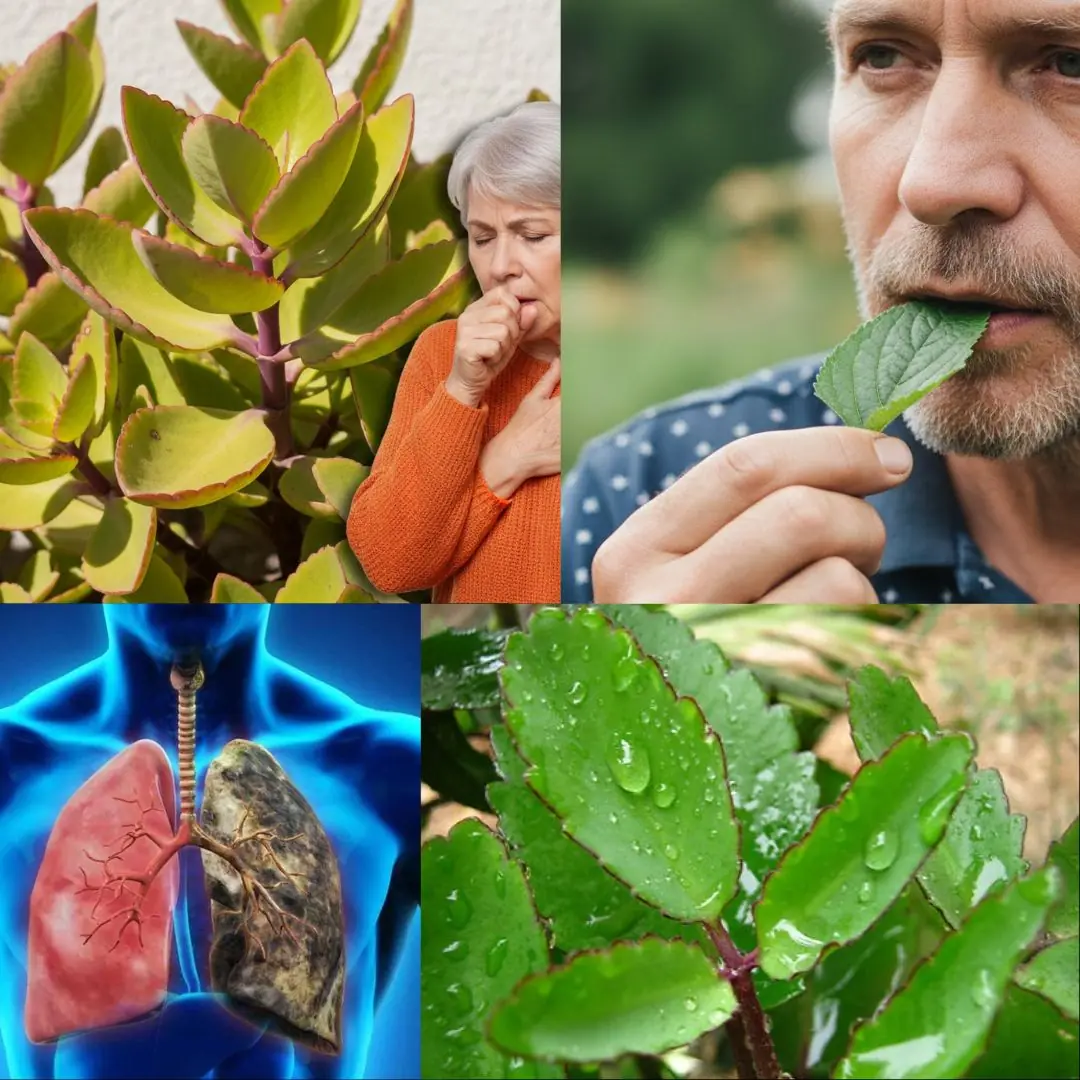
11 Surprising Benefits of The Miracle Leaf of Life

What an Unusual Odor in the Intimate Area Reveals: Signs You Shouldn’t Ignore

5 foods that damage your thyroid (they look healthy)

Stop wasting freezer space on these 10 foods
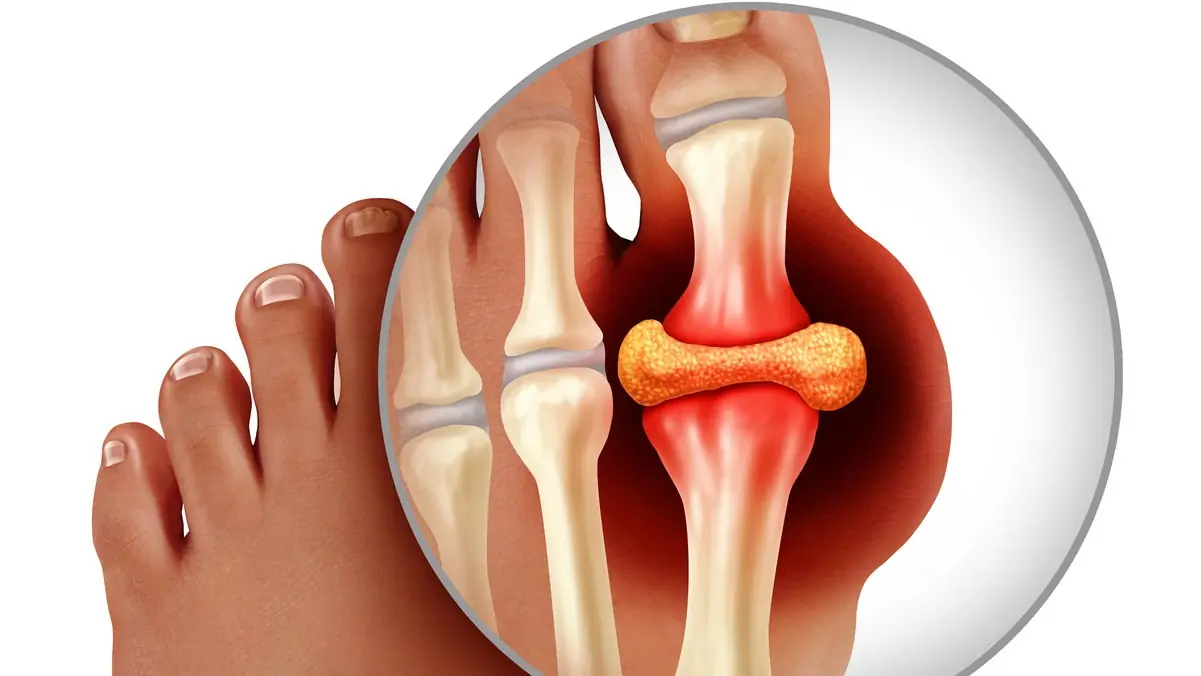
HIGH URIC ACID? SEE THE WARNING SIGNS & RELIEF TIPS
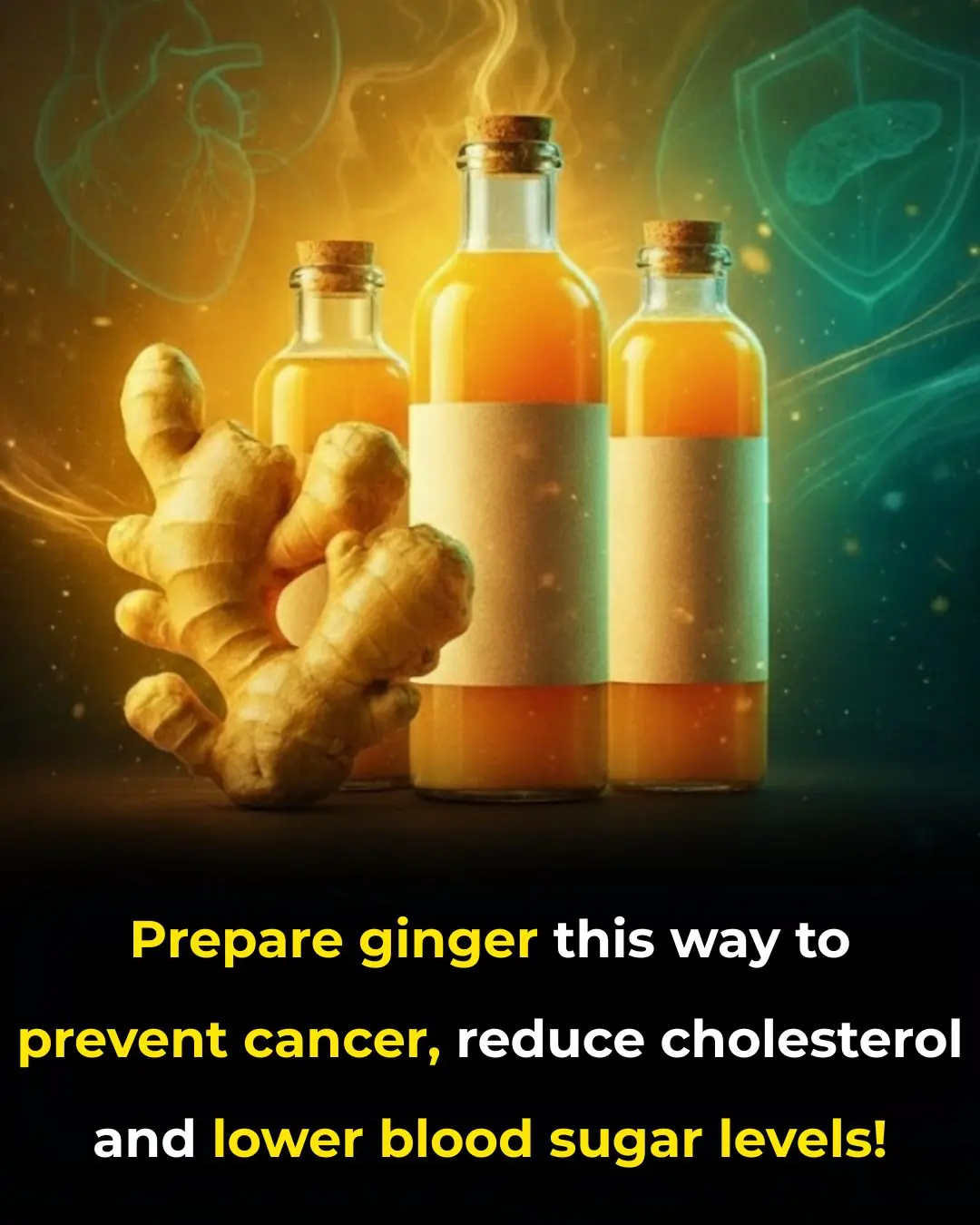
Prepare ginger this way to prevent cancer, reduce cholesterol and lower blood sugar levels!

You are doing it all wrong. Here's the right way to use your dryer
